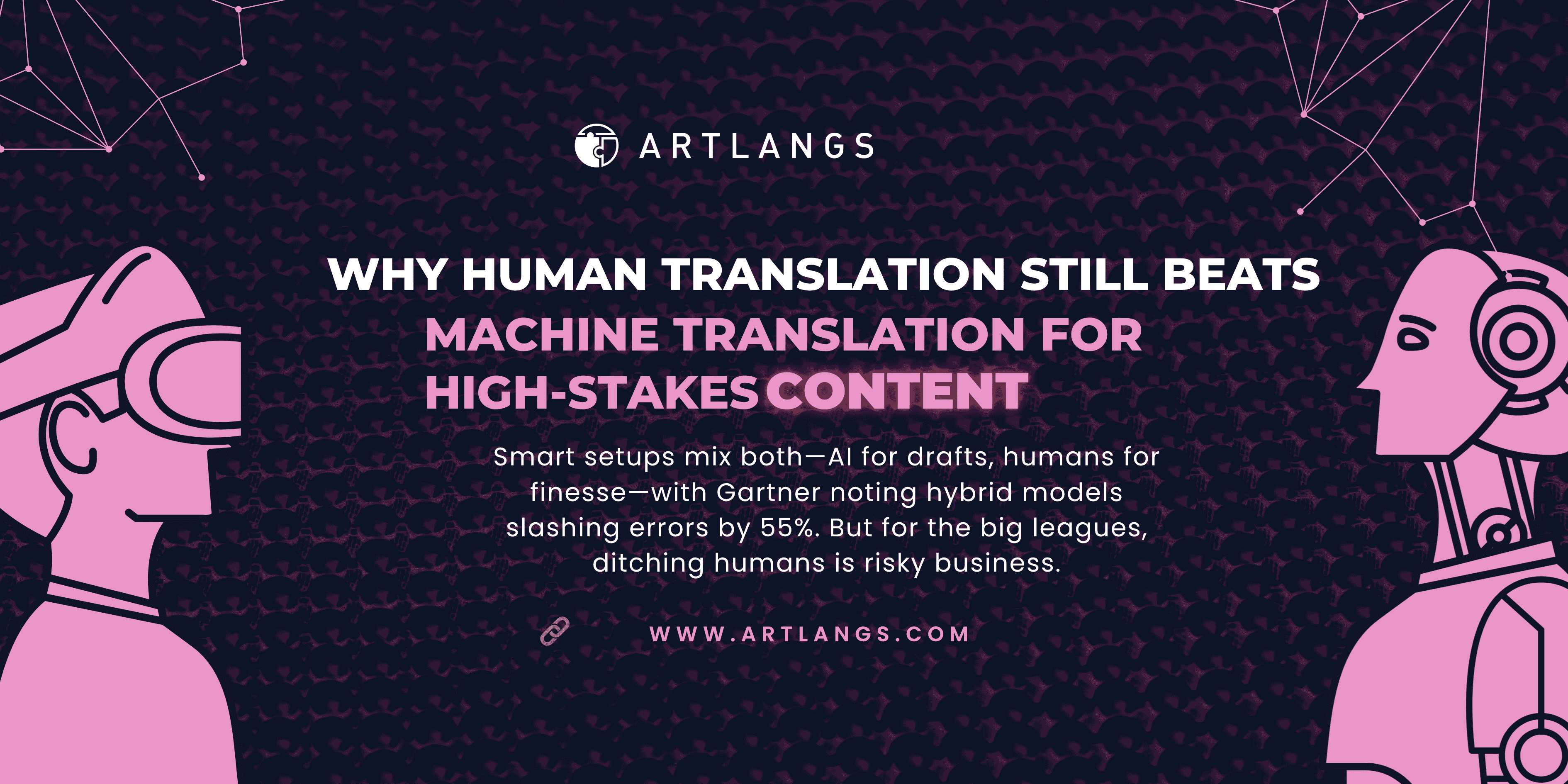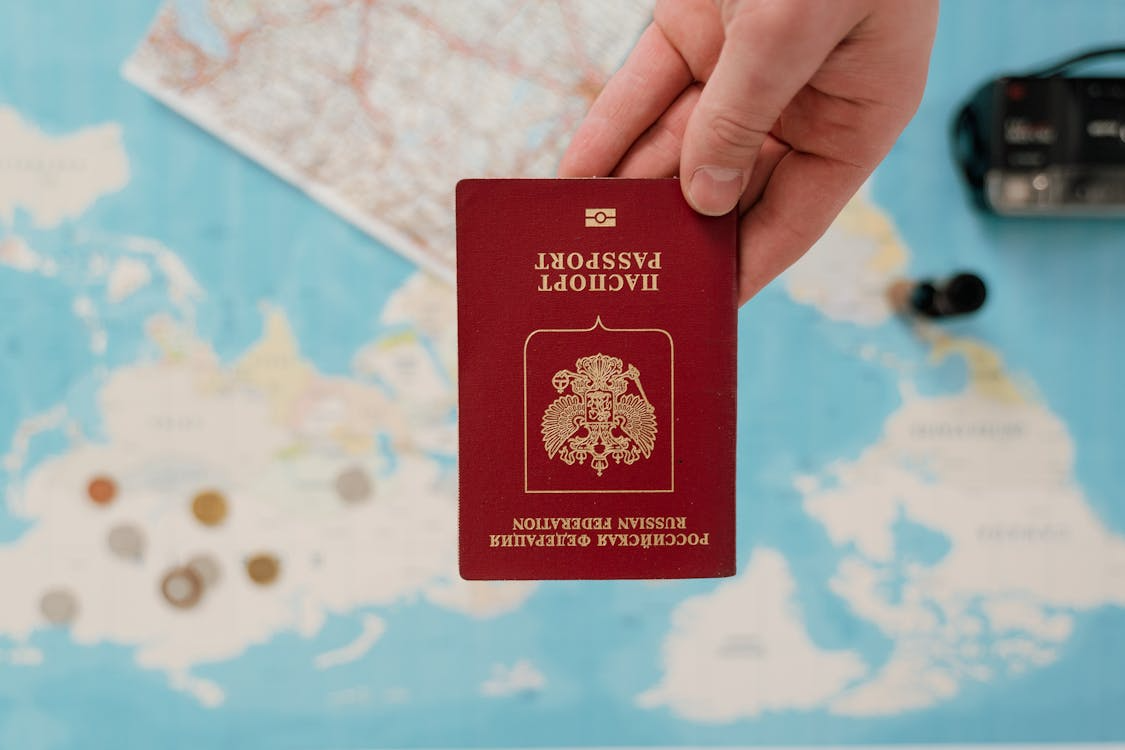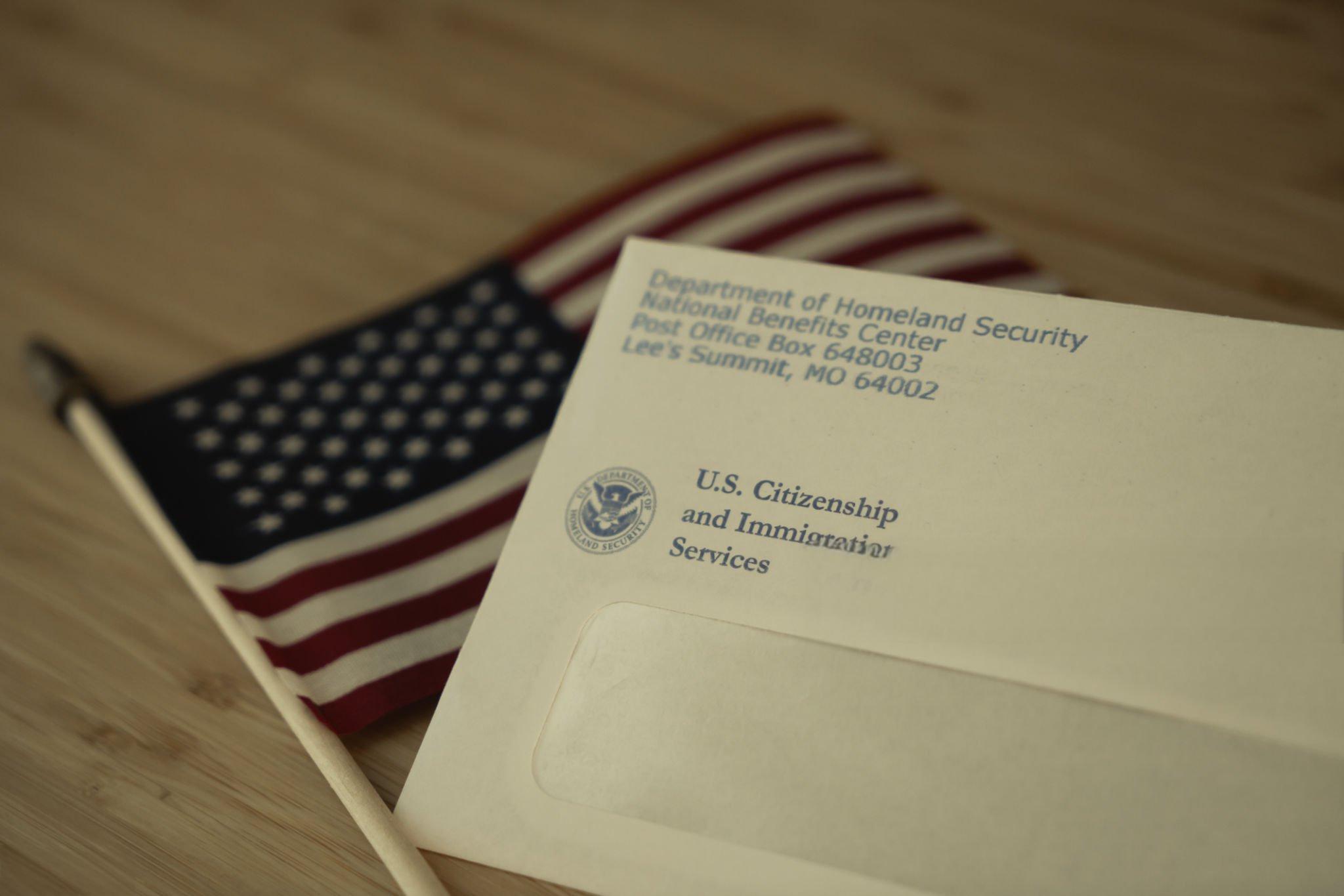In today's era dominated by visual culture, documentaries, with their unique narrative styles and authentic content, have captured the attention of audiences worldwide. To enable viewers from diverse linguistic and cultural backgrounds to appreciate these works, professional documentary translation has become of paramount importance. Whether it's subtitle replacement, dubbing translation, or content summarization, precise translation services can help your documentaries break through language barriers and achieve wider dissemination.
1.Types of Translation Content
Dialogue Translation: The exchanges between characters in documentaries require accurate conveyance of the speakers' intentions, emotions, and tones. For instance, in character interviews, the translation must ensure the dialogue sounds natural and fluent, adhering to the target language's expression norms.
Narration Translation: Explanatory narrations are often used to introduce backgrounds, elucidate phenomena, etc. The translation of narrations should be concise, clear, and engaging, guiding the audience to understand the documentary's theme.
Subtitle Translation: For documentaries with subtitles, factors such as subtitle length and formatting need to be considered. Subtitles should not be overly long to avoid obstructing the audience's view of the画面 (visuals). At the same time, they should align with the visual content and accurately convey information.
3.Translation Features
Cultural Adaptability: Documentaries frequently touch upon different cultural contexts. During translation, cultural differences must be taken into account to prevent misunderstandings that could hinder the audience's comprehension. For example, local cultural elements like customs and slang may require appropriate explanations or adaptations.
Consistency in Language Style: The overall language style of the documentary should be maintained consistently, whether it's in dialogues, narrations, or subtitles, and should align with the documentary's theme and style. For instance, historical documentaries may adopt a more formal and rigorous language style, while nature documentaries might use more vivid and imagery-rich language.
Timeliness: Some documentaries, such as news documentaries and current affairs documentaries, may have a certain degree of timeliness. Translation should keep pace to ensure the accuracy and timeliness of the information.
3.Artlangs Translation Process
Pre - production Preparation: Gain an understanding of the documentary's theme, style, and target audience, and collect relevant professional terminology and background knowledge. For example, for science and technology documentaries, it's necessary to be familiar with relevant technical vocabulary and industry - specific terms.
Translation Work: Translate the documentary's content according to its characteristics, while also considering the fluency and readability of the language. Complex sentence structures may need appropriate adjustments to conform to the target language's grammatical rules.
Proofreading and Review: Professional proofreaders review the translation, checking for accuracy, fluency of language expression, and alignment with the visuals. Any problematic parts are revised and improved.
Post - production: Integrate the translated content with the documentary's visuals, sound effects, etc., ensuring that the subtitle formatting, color, font, etc., are harmoniously coordinated with the visuals.
Documentary translation is not merely about converting words; it's about a profound understanding of cultural connotations, emotional expressions, and narrative styles. Artlangs Translation specializes in providing high - quality translation services for documentary production, ensuring that your works can accurately and effectively convey their core messages and emotions on a global scale.











